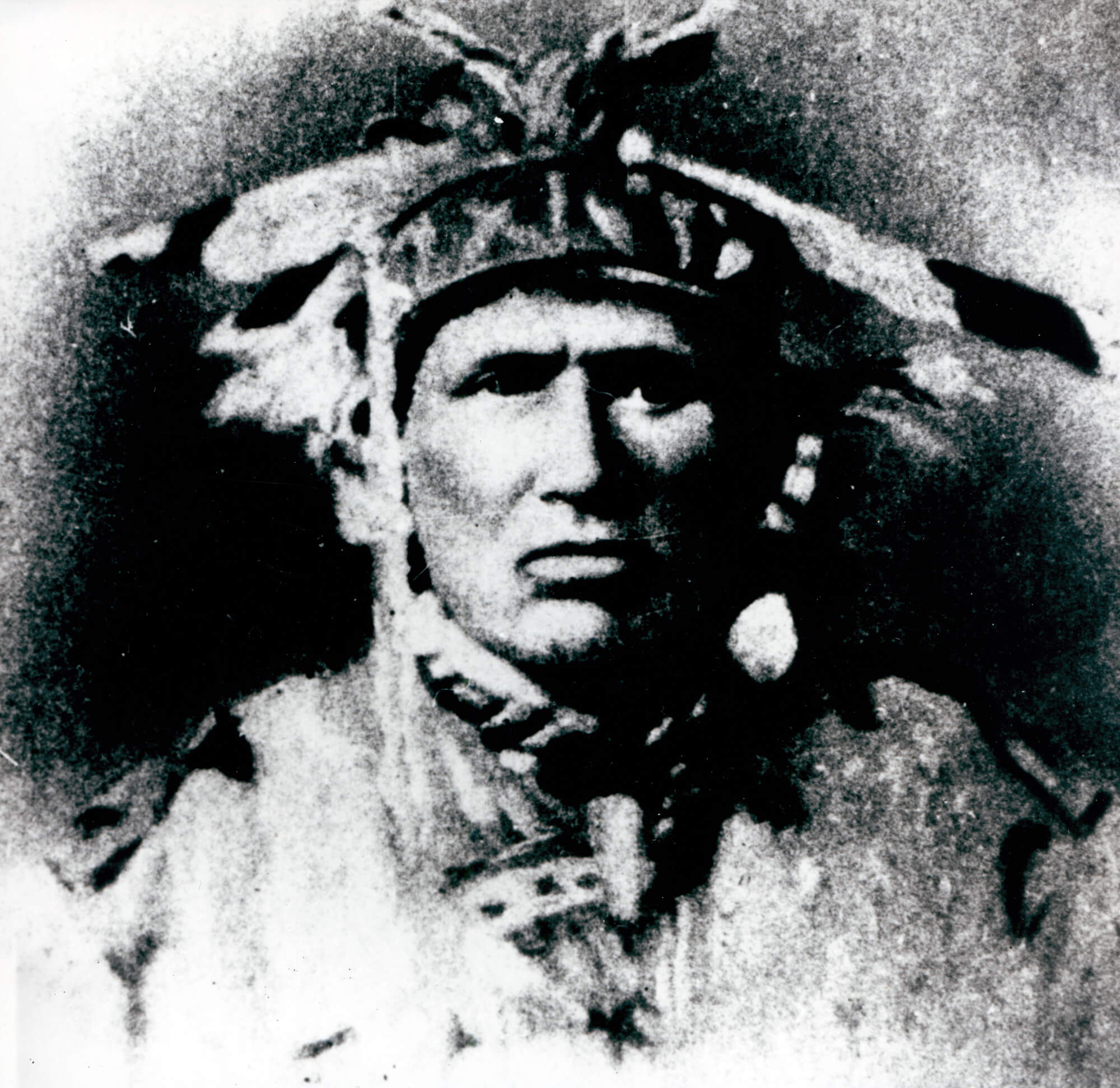History
The Garden River First Nation Reserve was created in 1850 with the signing of the Robinson-Treaty. Before that date however, Garden River did exist.
The Ojibway-Chippewa-Algonquin Indians controlled a vast area of land stretching from the Atlantic Coast to the foot hills of the Rocky Mountains.
Little is known about the Band before the non-natives came into the area and began recording events. In the Ojibway tradition, your history was as old as the eldest member of the Band. The recorded history of Garden River begins, or seems to, with Shingwaukonce and carries on through his two sons, Augustine and Buhgujjenene, to the present day.
The history of the thousands of years before the White Man came, has been passed down in the form of legends.
A great event in the history of the Ojibway people is a battle at the west end of the St. Mary’s Straits where Saulter, Ottawa, Nipissing and Anikouets claimed victory over an Iroquois war party. This occurred in the 1660’s.
Between 1794 and 1798, a series of attacks were carried out on traders in the St. Mary’s Straits, by the local Band. This forced the various traders in the area to ask for British protection and fostered fears that Native hostility might turn against whites in general. The idea behind these raids was to force the traders and other non-natives to recognize the existence of Aboriginal rights. After the British colonial government and the traders became more disposed to respect Native prerogatives, the raids stopped.
Different Trade and Intercourse Acts passed by the U.S. Congress attempted to restrict the movement of Natives across the border in 1796, 1799 and 1802.
Chief Shingwaukonce planned to develop an Ojibway homeland near Sault Ste. Marie where thousands of Natives would be able to live. The British and American governments became aware of this plan and stopped the idea from happening.
A group of warriors from the Sault and area, under Shingwaukonce, fought for the British in the War of 1812. Legend has it, that it was Shingwaukonce who killed the man who shot General Brock at the “Battle of Queenston Heights.” Shingwaukonce was one of the 12 Chiefs awarded a medal from the British government for helping defend Upper Canada. This medal is still in the possession of the Pine Family.
The Garden River First Nation has also been involved in international treaties and exercised it’s sovereignty on a number of occasions.
When the United States Commission arrived in the Sault in 1820 and raised their flag, it was pulled down by the Garden River First Nation. Our people were prepared to fight for our homeland. After the flag was down, the Garden River First Nation entered into the 1820 Treaty with the United States.
Chief Shingwaukonce was also signatory to the 1825 Treaty at Prairie du Chien between the United States and the Chippewa Nations. Chief Shingwauk was recognized as the head Chief of the Tribe.
Going Strong For Over: 174 Years
More History
Prior to the signing of the Robinson Huron Treaty
In 1850, the Ojibways of Garden River occupied the entire areas of Sault Ste. Marie and Echo Bay. Our First Nation, together with fellow Ojibways (who reside in Algoma, Nipissing and Sudbury areas) was instrumental in the finalization of the Treaty. We are very proud of our role during the Battle of 1812 in Southern Ontario. Our Chief, Shingwaukouse, fought together with Chief Tecumseh to support General Brock in defending Canada against the United States. Many of our people enlisted in the Army during World War I and World War II in defense of freedom and country. Today, we enjoy the freedom of an independent country and the Garden River Band of Ojibways are proud of the role they played in Canada’s development.
Watch Recorded Meetings
You will need the password to view!
Email communications@gardenriver.org to Request password.


